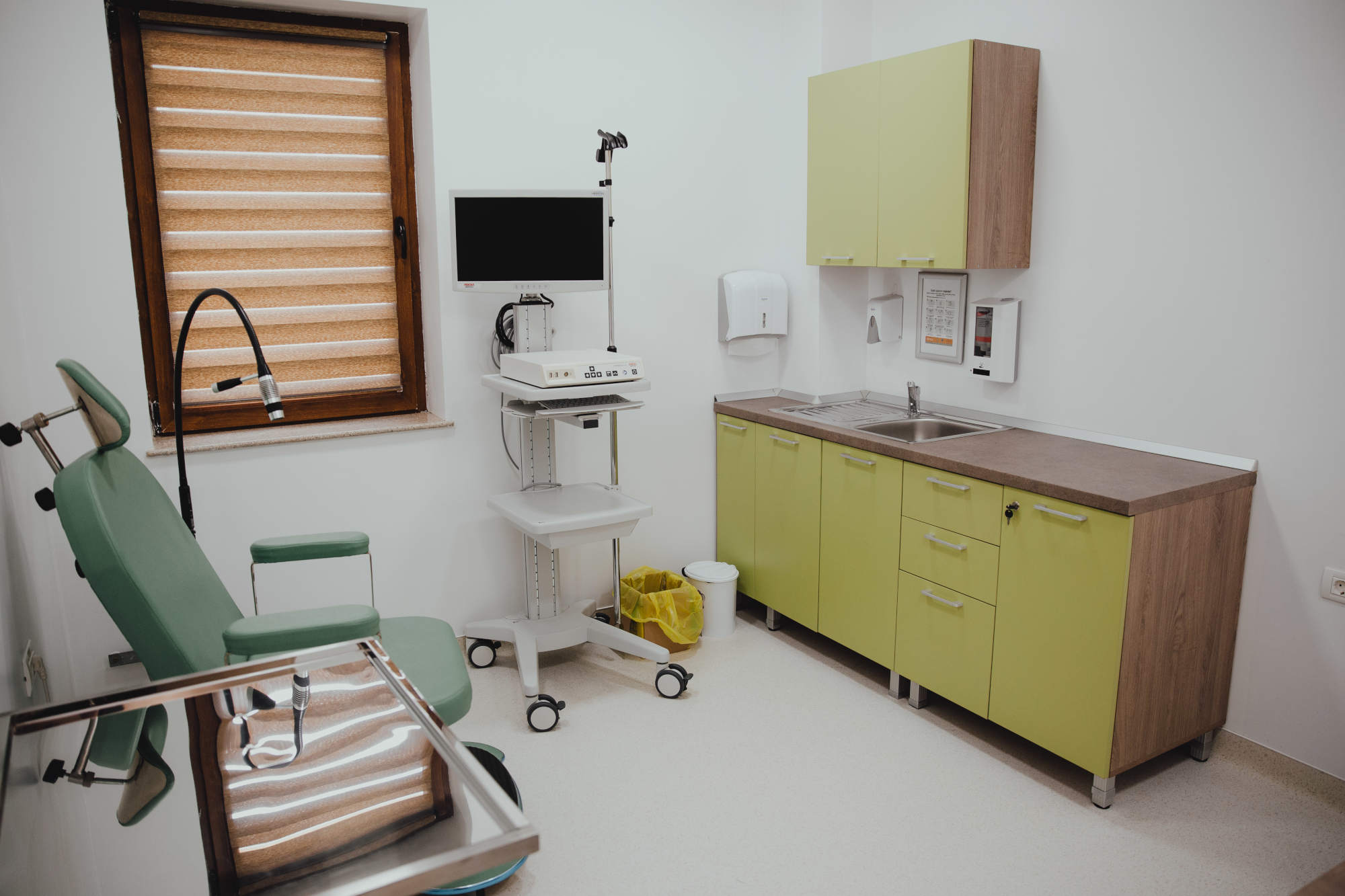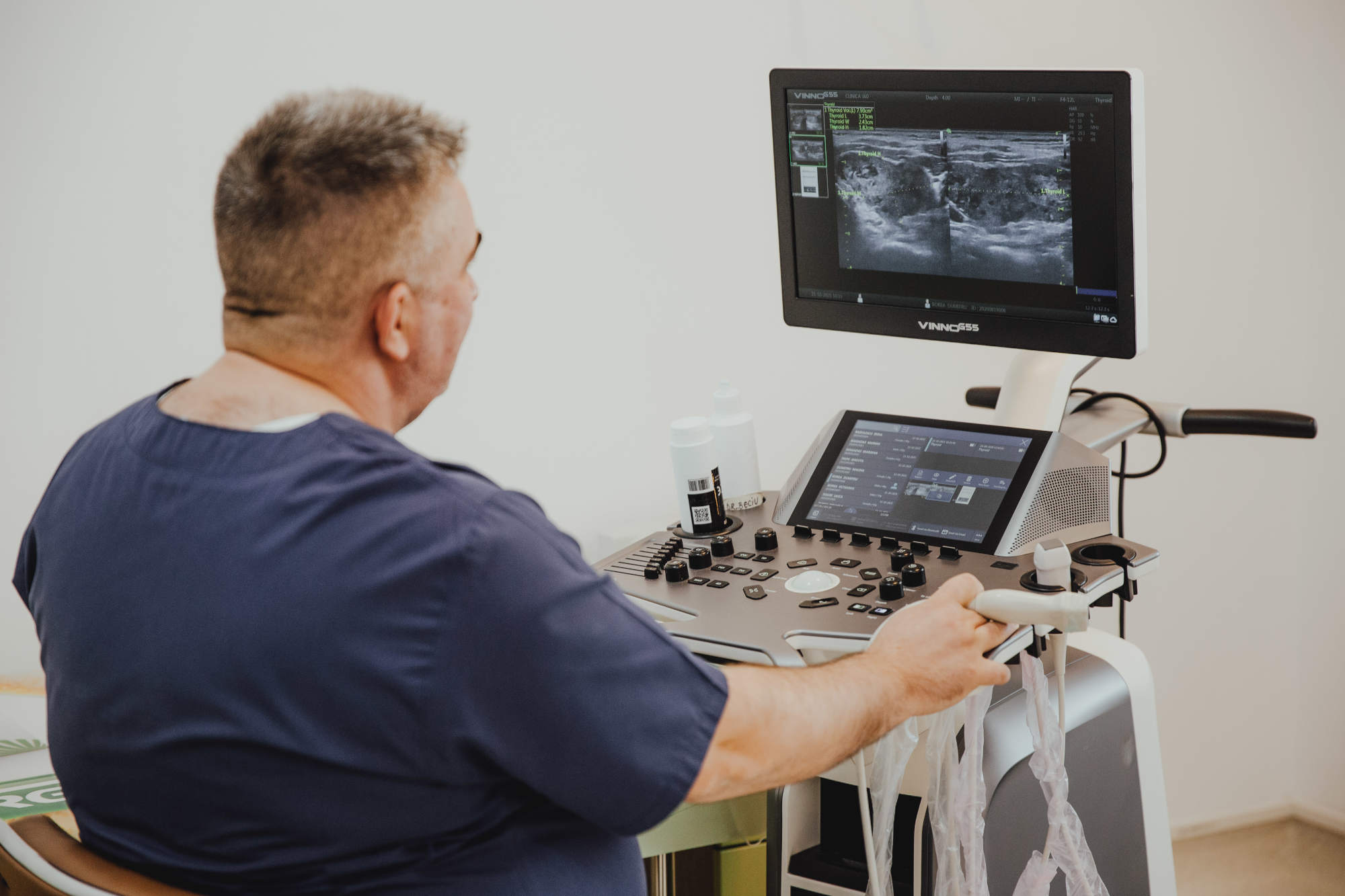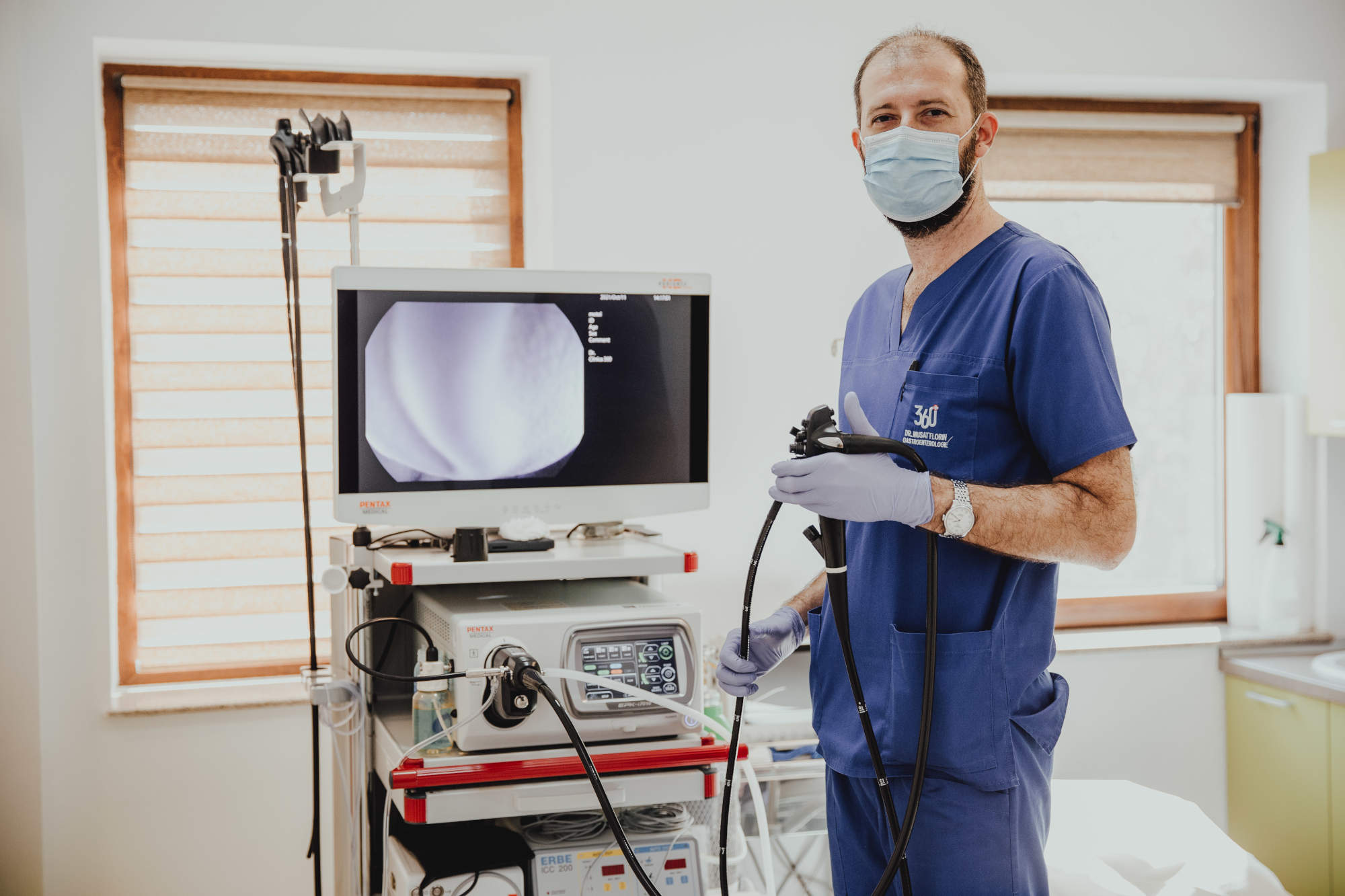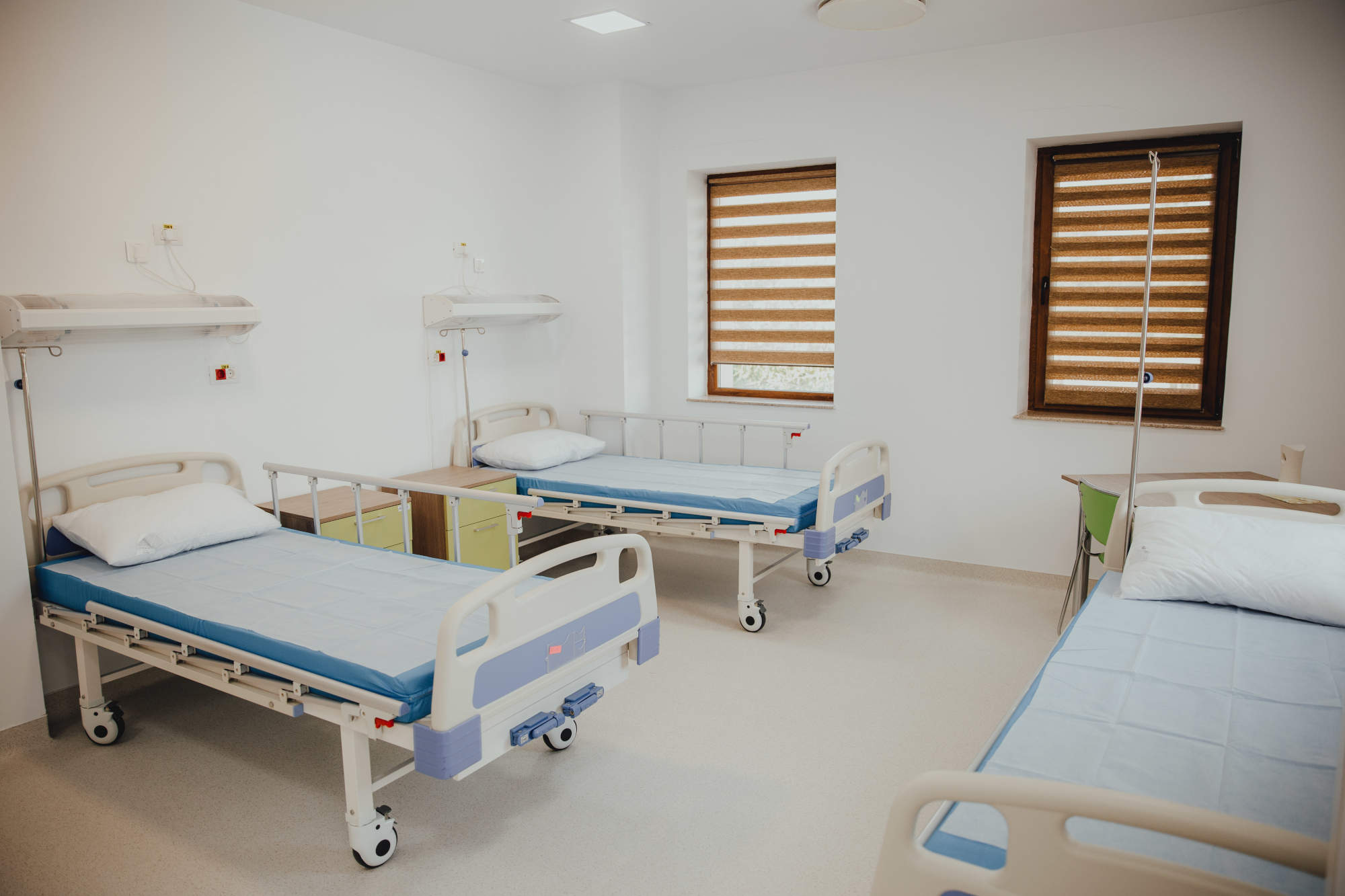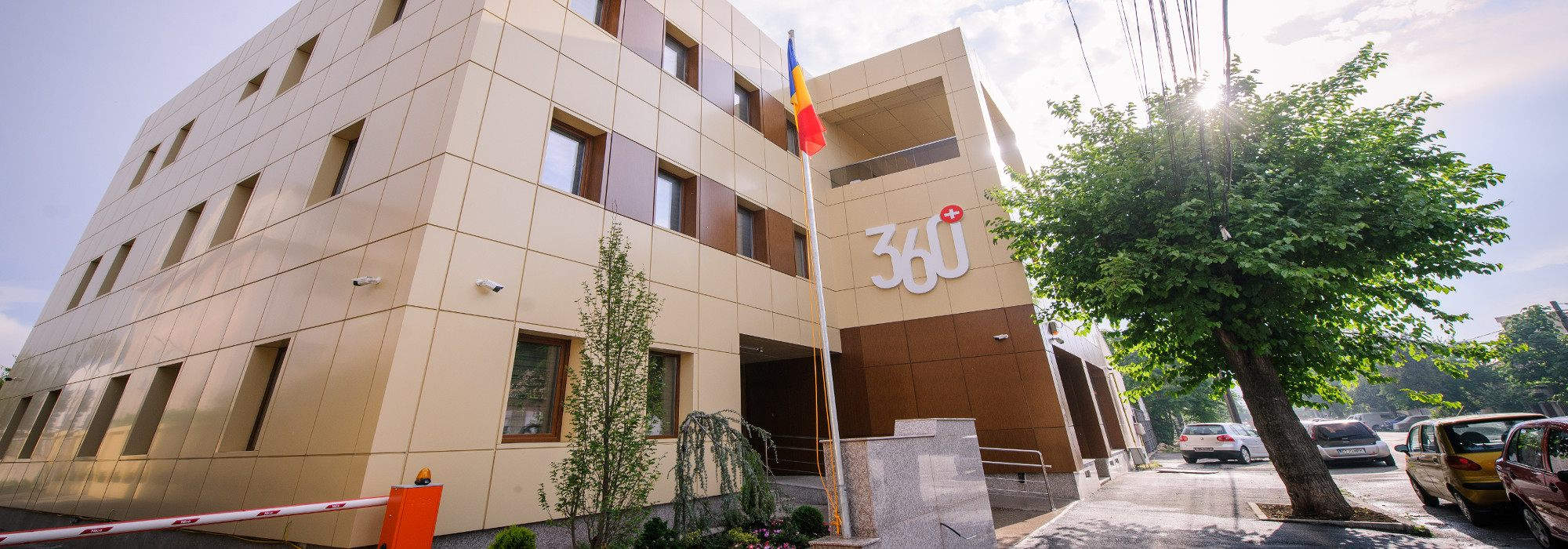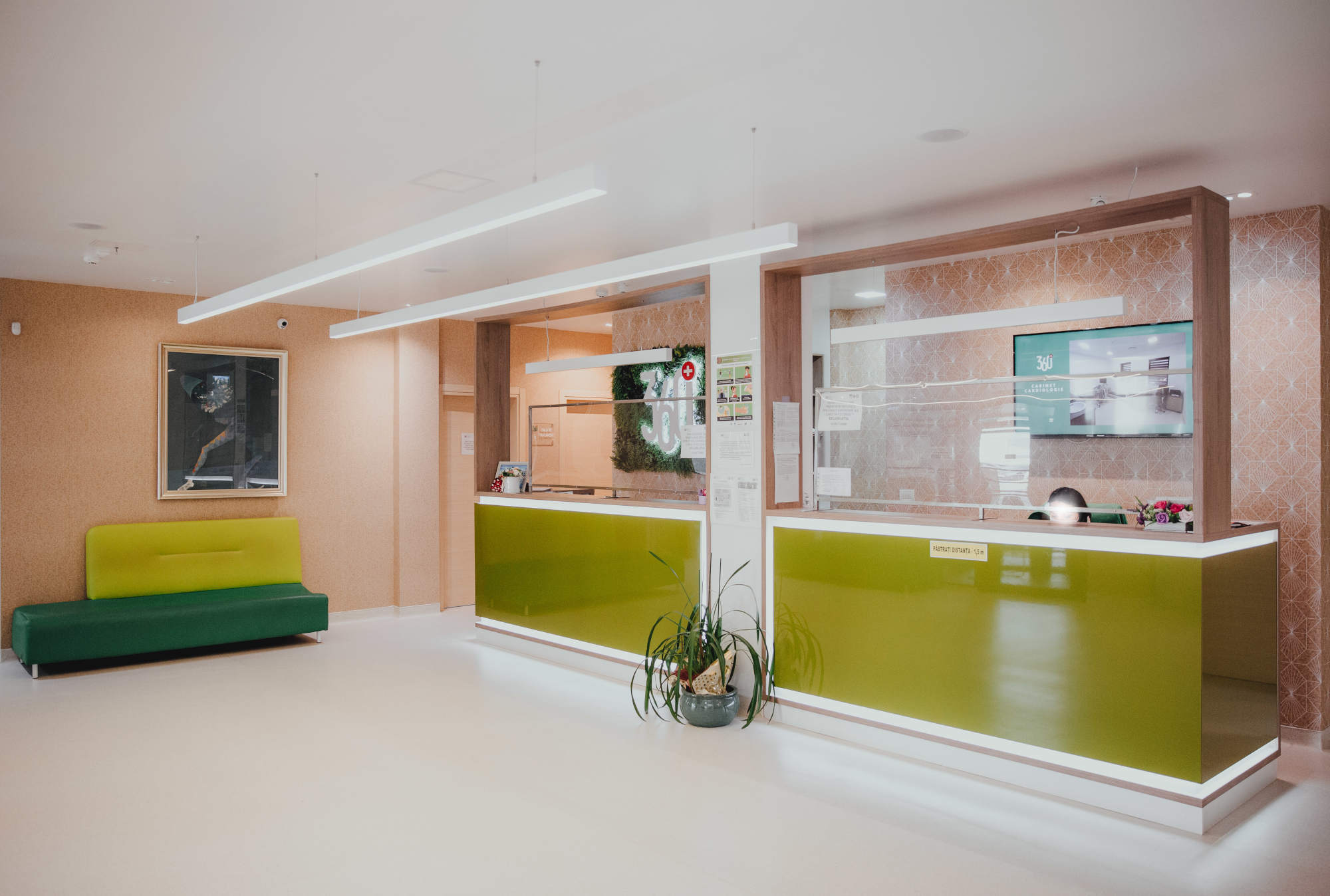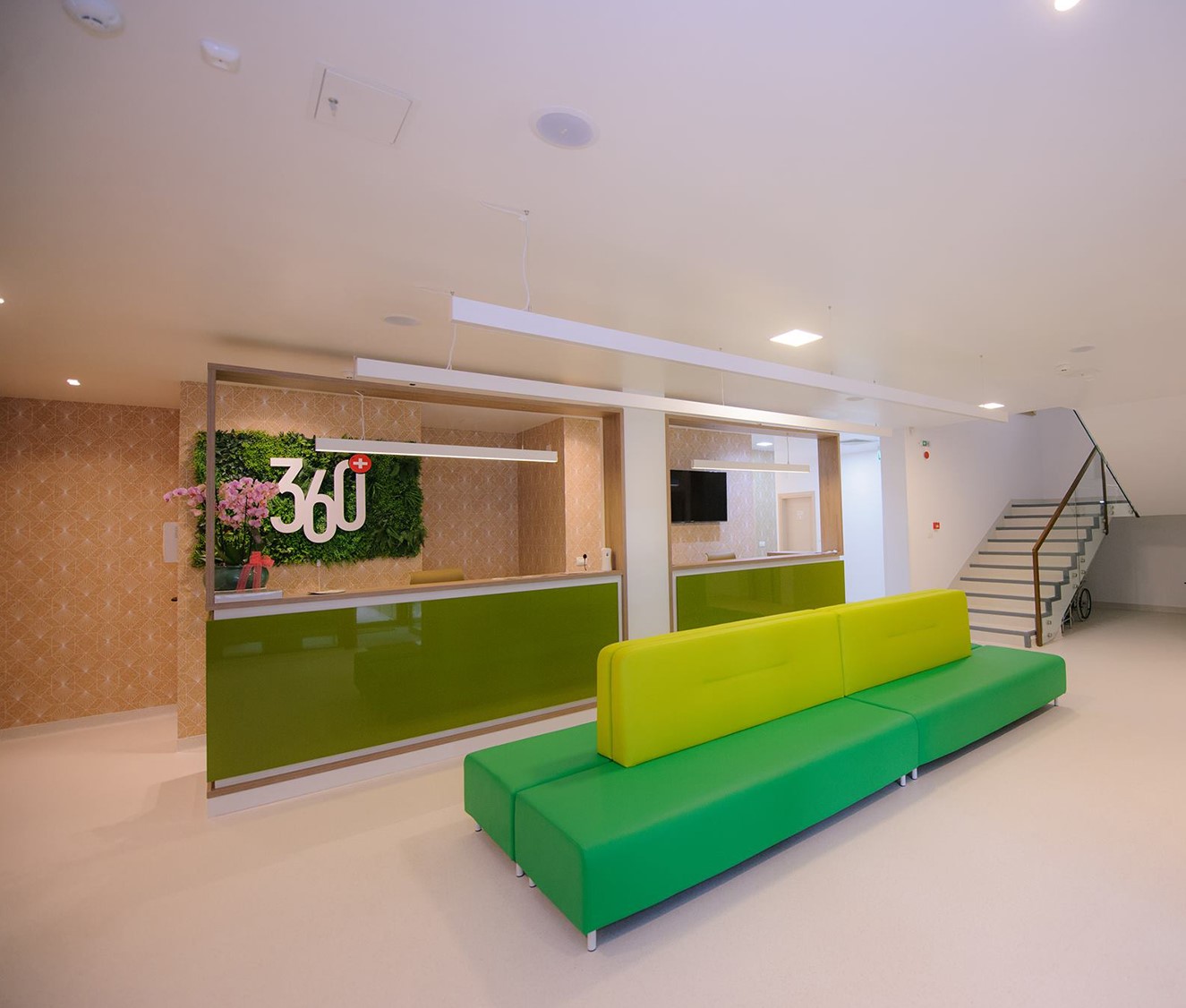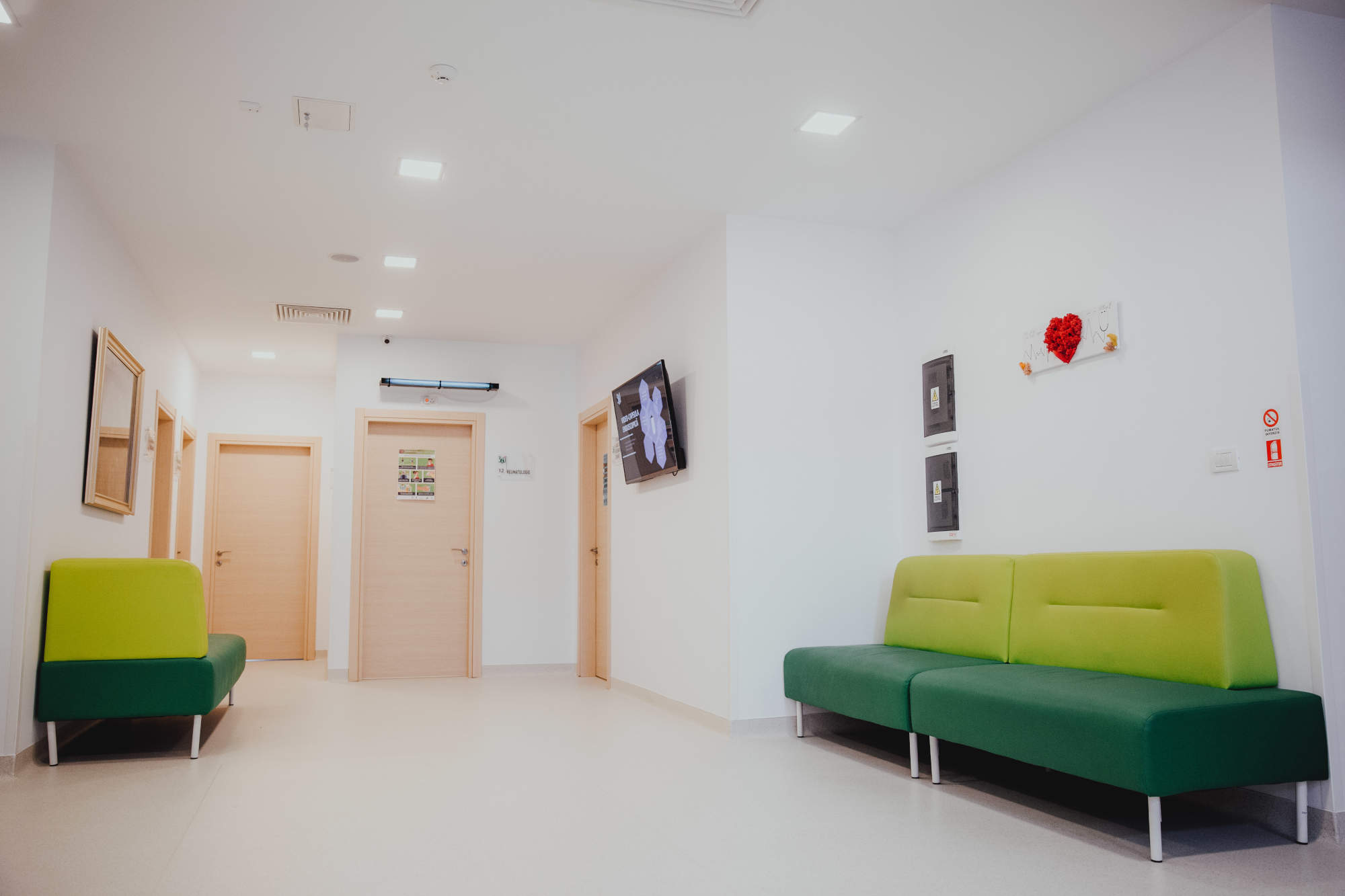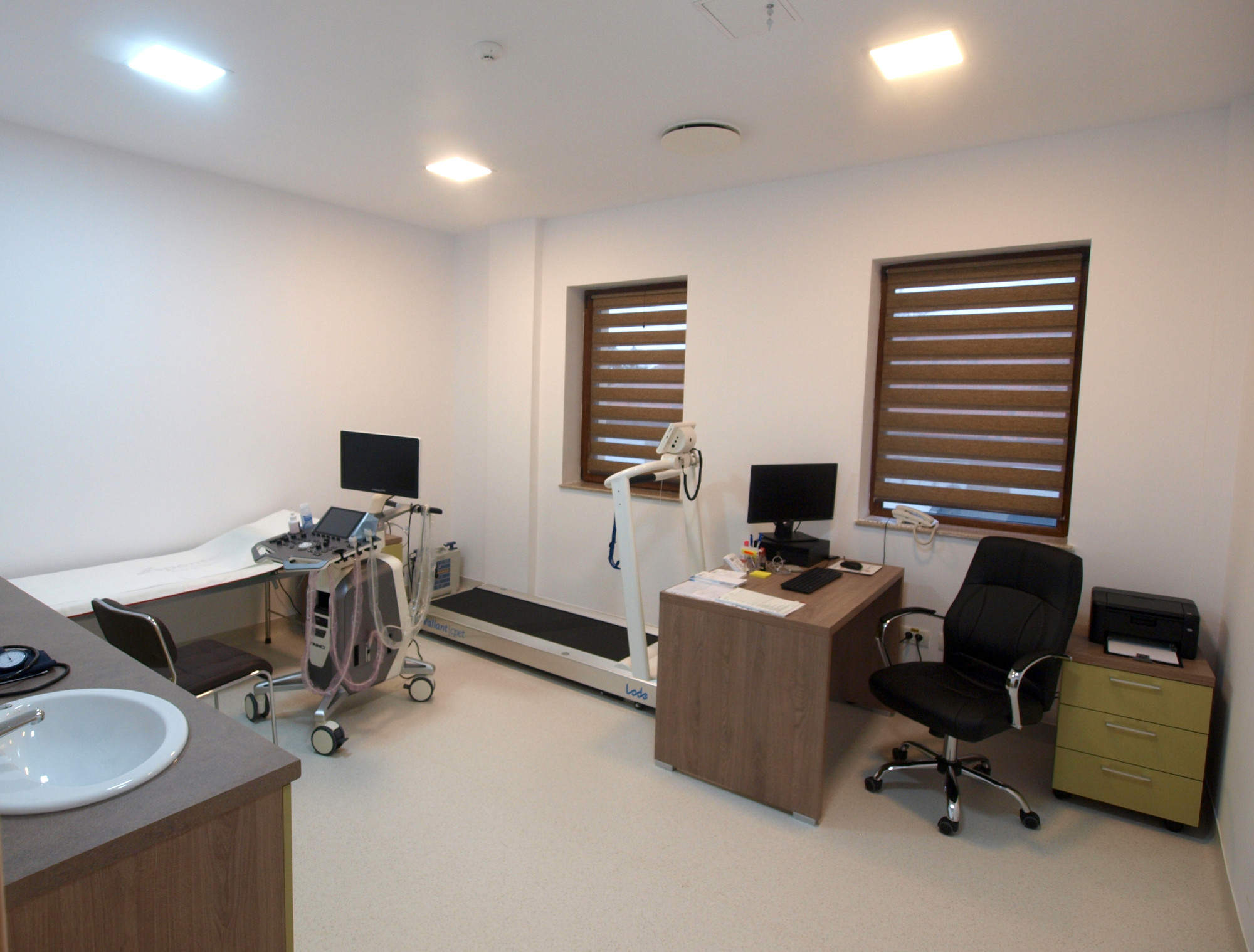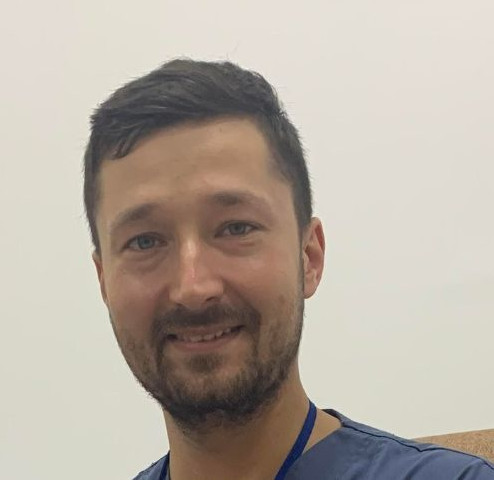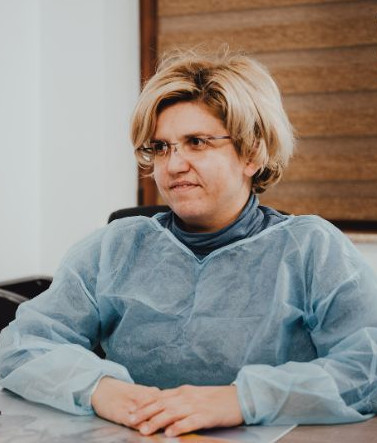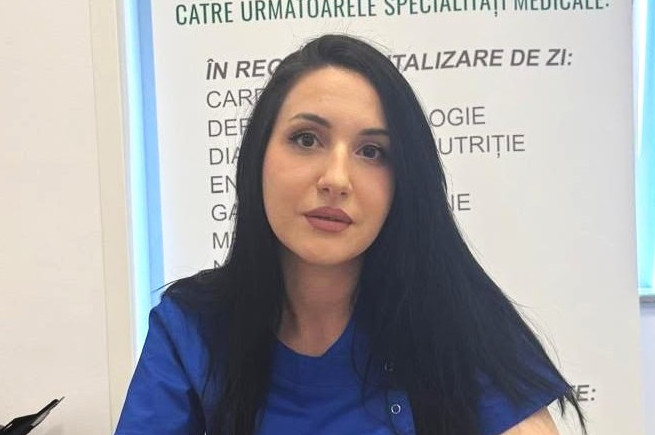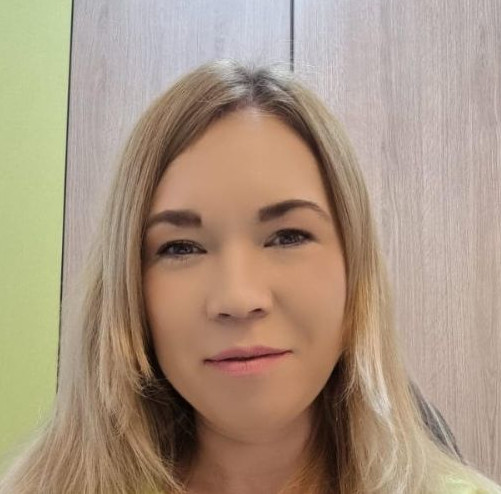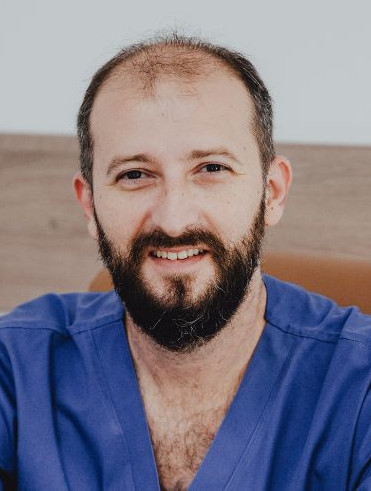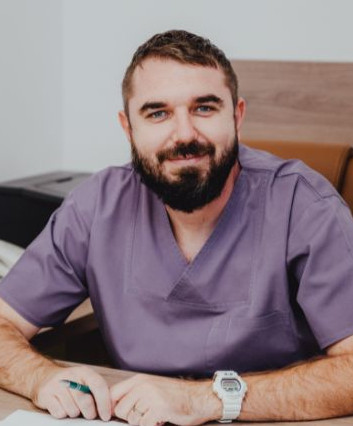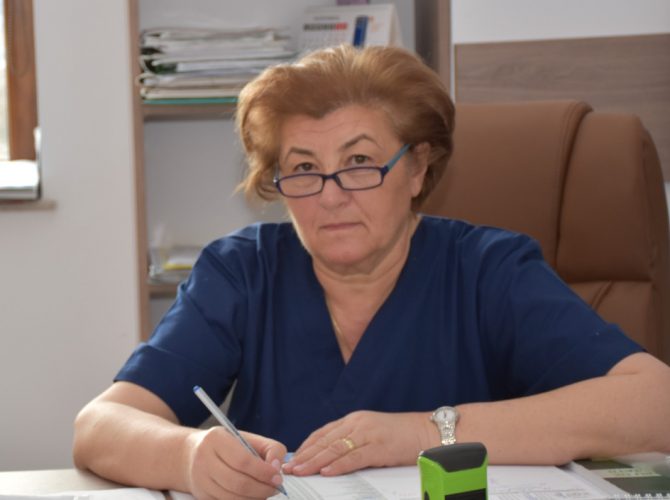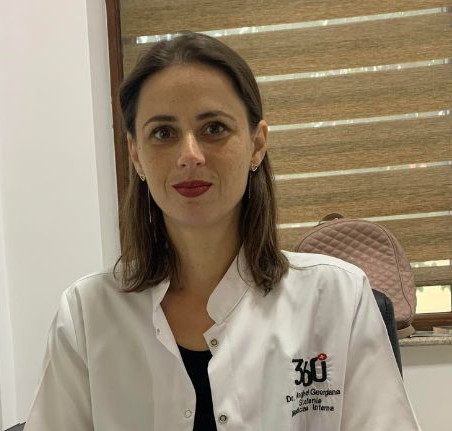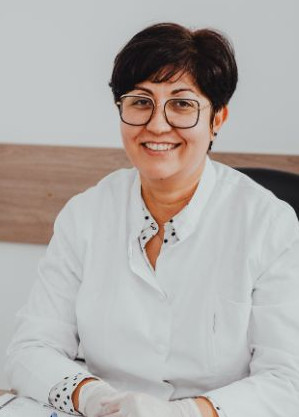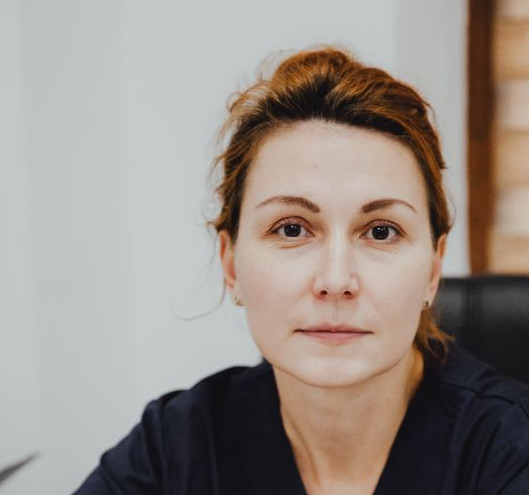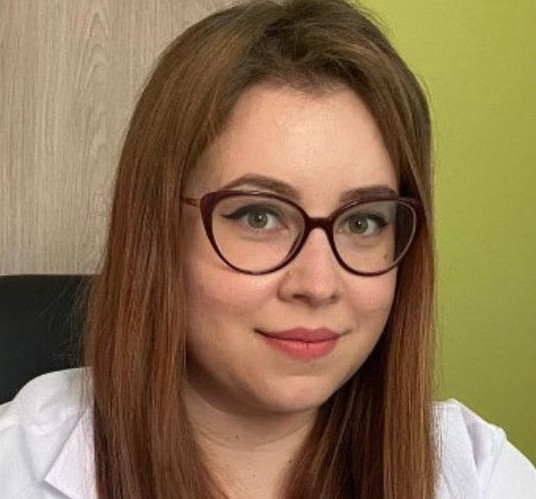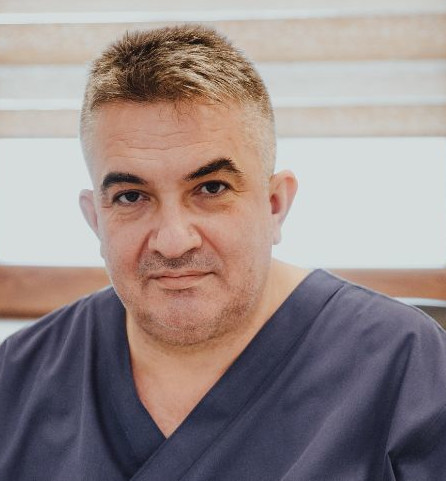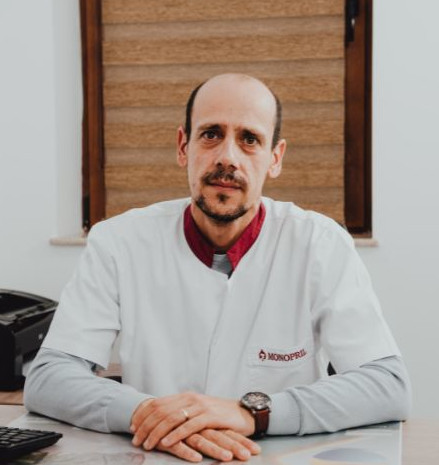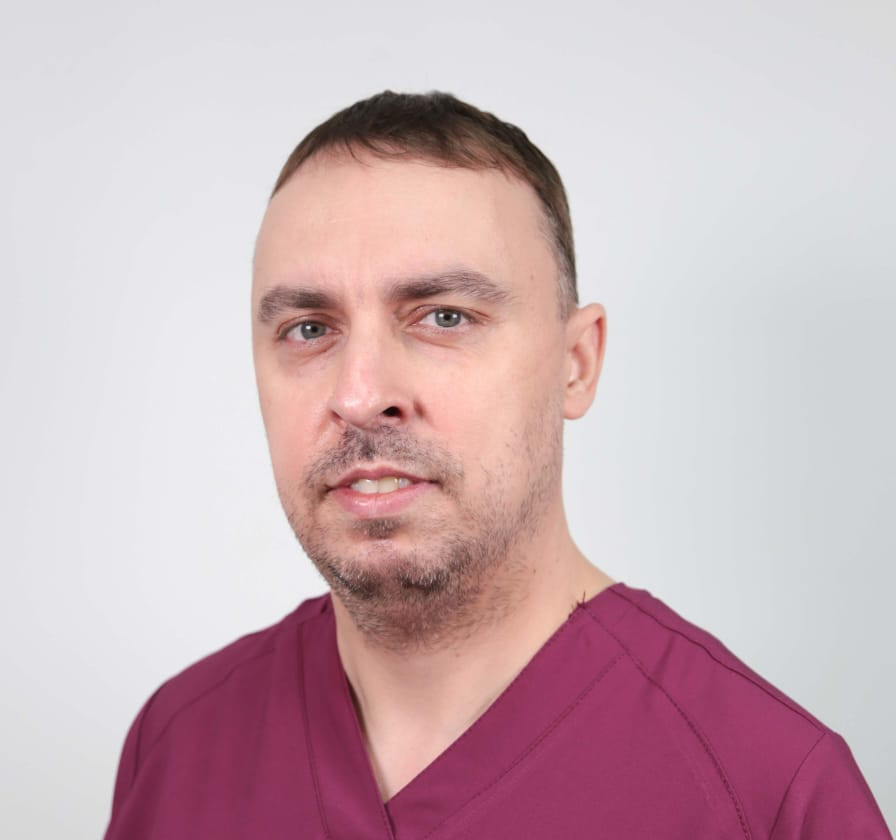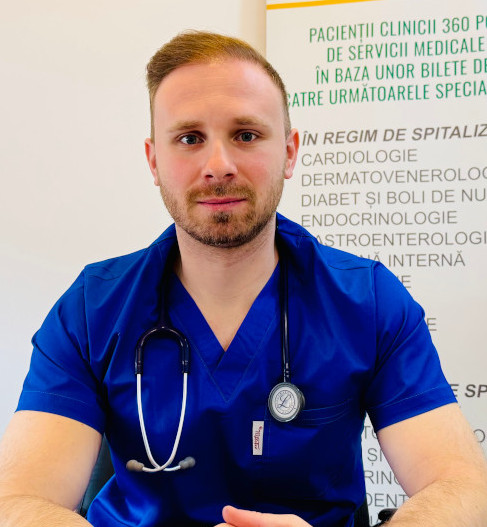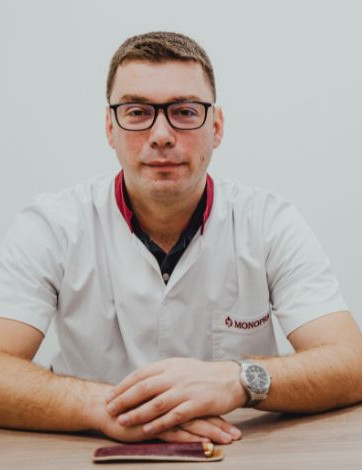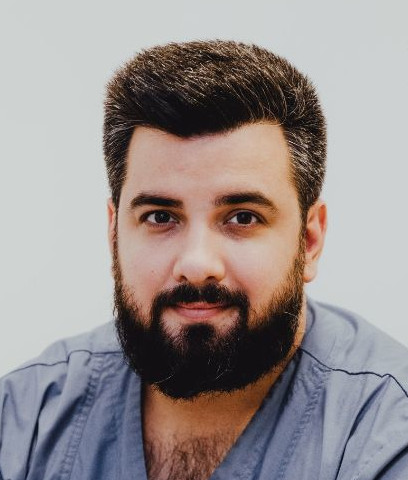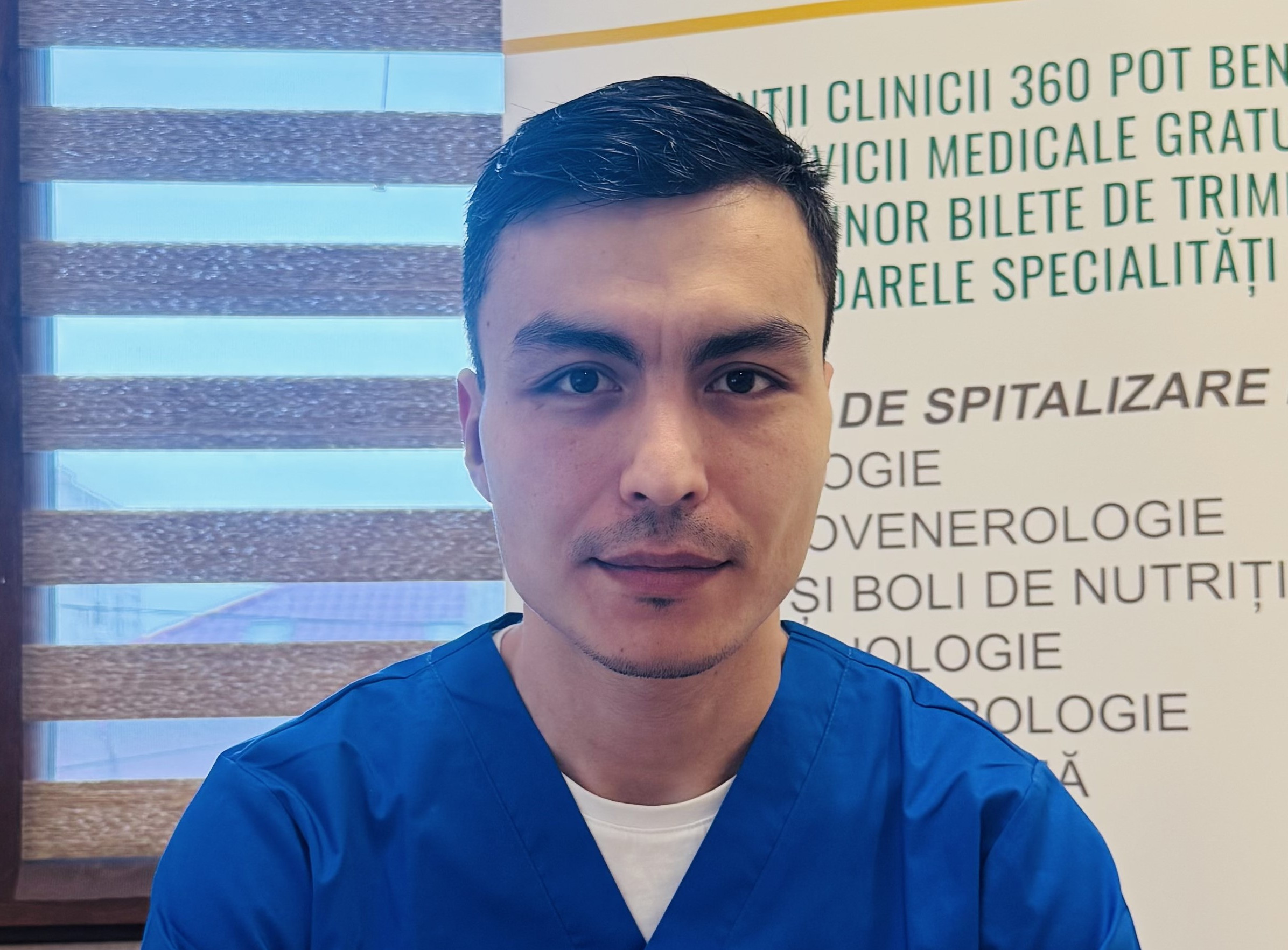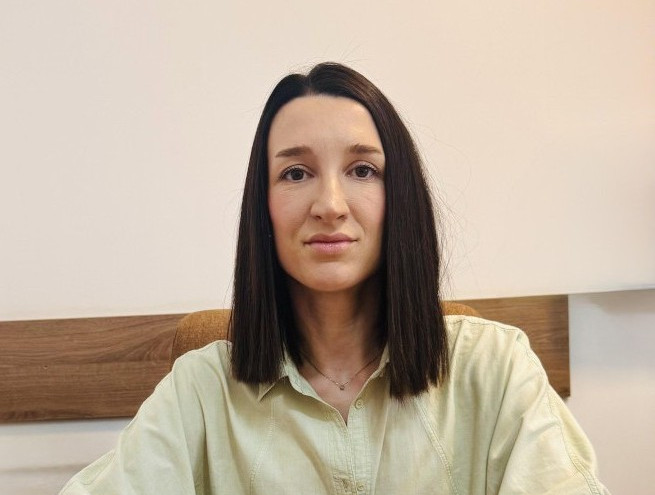Clinica 360
Founded in 2002, Gastromed SRL brings together a team of specialists with extensive experience in a wide range of medical fields. Driven by the desire to diversify the services we offer, starting in 2018 we invested in the development and equipment of new departments under the name Clinica 360
Medical services
Founded in 2002, Gastromed SRL brings together a team of specialists with extensive experience in a variety of medical fields. In order to diversify the range of services offered, starting from 2018, we invested in the development and equipping of new departments under the name Clinica 360.
Currently, Clinica 360 includes an outpatient department, a wide range of medical and surgical specialties, a day hospitalization unit organized in 4 patient rooms, a post-anesthesia recovery room, and an endoscopy section. Additionally, the clinic is equipped with a medical analysis collection point and a functional exploration department. We believe that the safety of medical services, combined with the dedication and involvement shown in patient care and the quality of their lives, are the principles that help us become a benchmark for quality in the medical field in which we operate.
Distinctive Element
Interventional Endoscopy
We have expanded the range of services offered to our patients by introducing advanced endoscopic procedures that allow for the diagnosis and treatment of gastrointestinal tract conditions using minimally invasive techniques:
Endoscopic Retrograde Cholangiopancreatography (ERCP)
ERCP is a minimally invasive procedure that combines endoscopic techniques with radiologic imaging to examine and treat conditions of the bile ducts and pancreatic duct.
A side-viewing endoscope is inserted through the mouth to the duodenum (the first part of the small intestine). Once the duodenal papilla is located – the point where the bile and pancreatic ducts empty – a contrast agent is injected using a catheter under radiological guidance for clear visualization of the ducts. Subsequently, the papilla is incised (sphincterotomy), allowing for the insertion of auxiliary instruments to treat biliary stones, tumors, or strictures.
ERCP with Biliary Stenting
Patients with malignant biliary or pancreatic tumors often present with secondary symptoms of tumor invasion, such as bile duct strictures or delayed gastric emptying.
In both cases, the only curative solution is surgical resection, but only 15-20% of tumors are operable at the time of diagnosis. In most situations, palliative treatment is recommended, and interventional endoscopy plays a crucial role in symptom management.
Endoscopic Foreign Body Extraction
Endoscopic Prosthesis (Esophageal/Gastric/Colonic)
Polypectomy using EMR (Endoscopic Mucosal Resection)
EMR is a minimally invasive procedure used to remove precancerous or early-stage cancerous lesions, most often polyps.
This technique allows for the removal of only the lesion, preserving the integrity of the affected organ. Depending on the lesion’s location, the procedure is performed during either an upper endoscopy (esophagus, stomach, duodenum) or lower endoscopy (colonoscopy).
Polypectomy using ESD (Endoscopic Submucosal Dissection)
ESD is an advanced, minimally invasive procedure that allows for en bloc resection of large, superficial, precancerous or early-stage cancerous lesions. Compared to EMR, ESD is indicated for larger, more complex lesions or those that superficially invade the submucosal layer.
The major advantage of ESD is the ability to remove the entire lesion in one piece, allowing the pathologist to thoroughly assess both the depth and lateral margins of resection. When margins are negative (no residual tumor tissue), the recurrence rate is virtually zero.
Video Capsule Endoscopy (VCE)
VCE is a non-invasive procedure that uses a capsule-sized camera (about the size of a vitamin pill) to capture images from inside the digestive tract.
As the capsule naturally moves through the digestive tract, it transmits thousands of images to a recording device, called a receiver, worn by the patient at waist level.
This technique is particularly useful for diagnosing conditions of the small intestine, an area that is difficult to access with conventional endoscopy or colonoscopy.
Allurion Gastric Balloon
The Allurion gastric balloon is a non-surgical, swallowable weight loss device designed to reduce food intake and support the adoption of a healthy lifestyle.
Unlike traditional gastric balloons, the Allurion balloon does not require endoscopy or anesthesia for insertion or removal.
The balloon is enclosed in a plant-based capsule, attached to a thin catheter. After being swallowed and its position in the stomach confirmed via radiology, the balloon is filled with liquid through the catheter. It remains in the stomach for about 16 weeks, taking up space and inducing a feeling of fullness, thus helping to reduce food intake.
At the end of the period, an automatic valve opens, the balloon deflates, and it is naturally expelled through the digestive system.
This procedure is ideal for individuals looking for a non-invasive solution to begin their weight loss journey under medical supervision.
Main Equipment and Medical Technologies Used:
Mobile X-ray Unit – Diagnostic with C-arm, Model (Type) OEC One
HD Pentax Video Colonoscope / Video Duodenoscope
High Definition+ Video Gastroscope
Sometech Video Endoscope / Rectoscope
Vivideo HD-Pentax Video OtoRhinolaryngoscope System
Arietta 850 Deep Insight Fujifilm Ultrasound with Convex Probe F2-5C
Multidisciplinary VINNO E20 Ultrasound, 2 probes (convex, linear), color Doppler, Panoview, black/white video printer, PW (Power Doppler)
Stationary VINNO G50 Color Doppler Ultrasound, 2 probes (phased array monocristal, linear), elastography, MAM (multi angle mod M), Auto EF (ejection fraction), TVI (tissue velocity imaging), color Doppler, continuous CW Doppler, PW (Power Doppler)
Pharmaceutical Refrigerator MLV-320 SIGMA
Cardiac Stress Test System Cardiax PC CARDIAX with treadmill
Holter BP Meditech ABPM05
Holter EKG CardioMera Meditech
Lucid Ever VIEW Auto Kerato Refractometer
DEFI B 220 V Defibrillator
Phoenix Blue 18L Autoclave
Edan IM8B Patient Monitors + Thermal Printer
New Askir 30 Surgical Aspirator for Ligation

